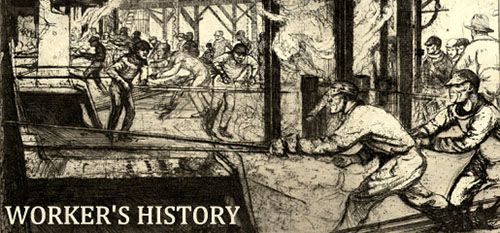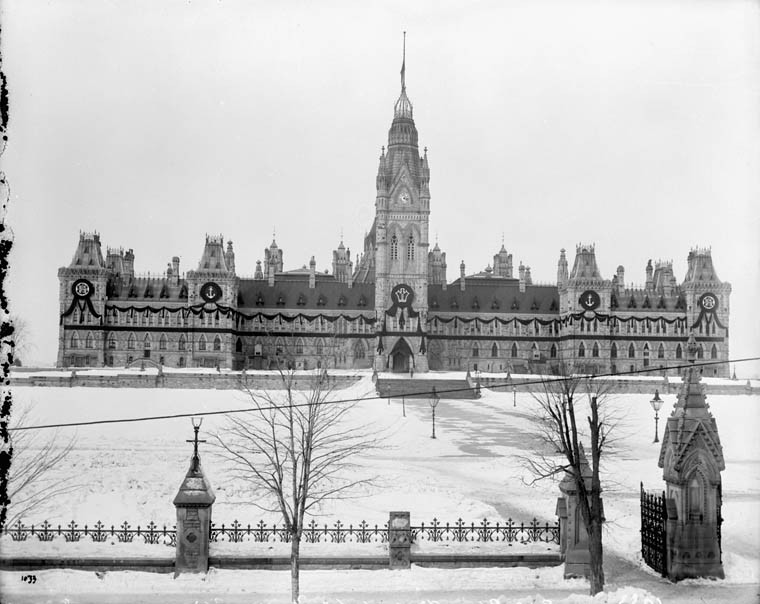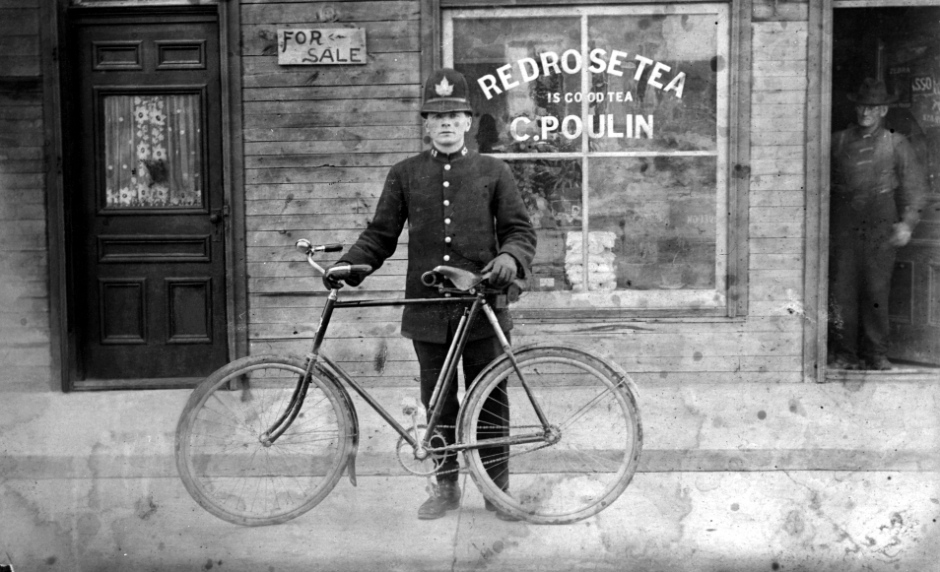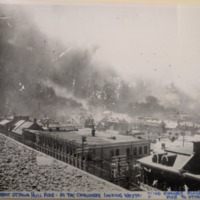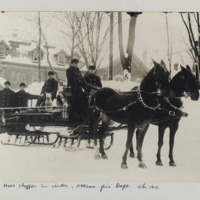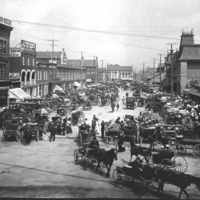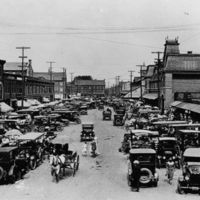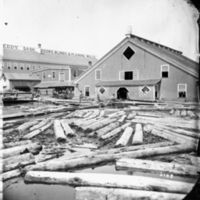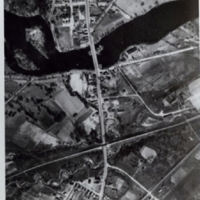Ottawa in the Early 20th Century
Prior to the 20th century, Ottawa's primary industry had been lumber, with 2,500 of Ottawa's 21,500 people employed in mills during the late 1800s. Despite the declining quality of lumber in the region, EB Eddy's breakthroughs in mechanical and chemical pulp-making lead to a final expansion of the industry in the late 1880s. Shortsighted deforestation and a lack of attention to regeneration had resulted in drops in production by lumber mills by 1902, and by 1920 the saw-mill industry had left the city to follow the edge of the timberlines. At the end of the First World War only the Eddy and Booth companies had survived, and by 1920 the two remaining mills employed 1,500 men.
Coming into the 20th century, the city was changing. Ottawa's population grew from 60,000 in 1901 to 108,000 by 1921. Capital involved in foundries and machine shops in Ottawa quadrupled between 1901 and 1911, but its relatively undeveloped industrial sector still meant that it did not face the same trouble with vagrant workers seen by larger cities such as Toronto. As lumber collapsed, the government gradually came to be Ottawa's most prominent employer. From 1911 to 1921 government employment doubled from 5,900 to 11,500, the federal government offering 25% of the jobs and employing over a tenth of Ottawa's population.
The city of Ottawa was also the employer of public services such as police and fire departments. Many municipalities in Canada modelled their police after the London Metropolitan Police, and these departments formed the Chief Constables’ Association of Canada - now the Canadian Association of Chiefs of Police - in 1905. Before the squad car and modern fire engine, bicycles, horses and carriages were the primary mode of transportation. Ottawa’s fire department often had its work cut out for it, fire spreading easily amongst wooden housing and lumber yards. One particularly potent blaze was the 1900 Ottawa-Hull fire, which began in Hull and spread across the river due to the significant logging operations such as those by the E.B. Eddy and J.R. Booth companies. The fire killed seven people and ultimately unhoused 14% of Ottawa and 42% of Hull’s population. A second famous fire was the burning of the centre block of Canadian parliament buildings in 1916, which was then reconstructed into the iconic Peace Tower in commemoration of Canada’s war dead.
Sources:
Domtar / EB Eddy Archives PHO-1613b
Sykes, Peggy J. “A History of the Ottawa Allied Trades and Labour Association 1897-1922; a Study of Working-Class Resistance and Accommodation by the Craft Worker.” Text, 1992. https://curve.carleton.ca/ec93bd25-af02-409e-93bd-b00a77962b88.
Table 6: Population by census subdivisions, 1871–1951". Ninth Census of Canada, 1951. Volume I: Population, General Charactertics. Ottawa: Dominion Bureau of Statistics. 1953. pp. 6–39.”
City of Ottawa Archives Byward market Square MG405 CA002933 & CA-000222
City of Ottawa Archives CA001216
Library and Archives Canada Topley Series SE [graphic material] (R639-148-4-E)
Shorter, G. W. “Ottawa-Hull Fire of 1900.” Fire Study 7 (June 1962): 14, 7 figs. National Research Council Canada https://nparc.cisti-icist.nrc-cnrc.gc.ca/eng/view/object/?id=7c1b4f21-1490-45a0-a6df-9bdce2849b8f
